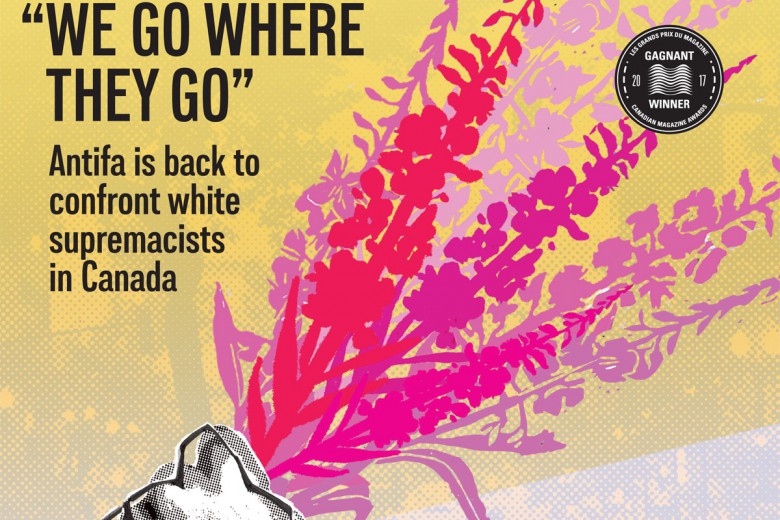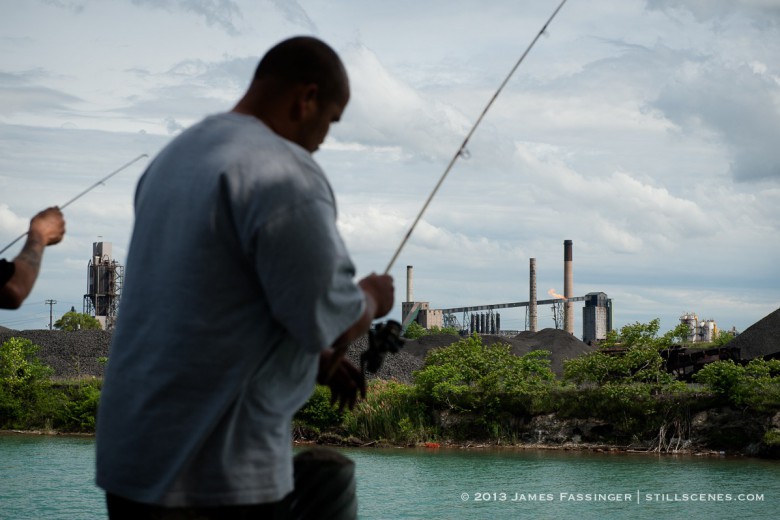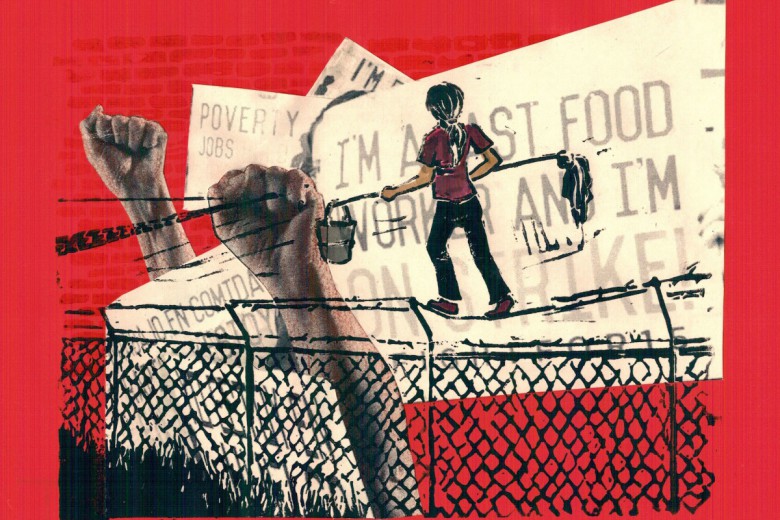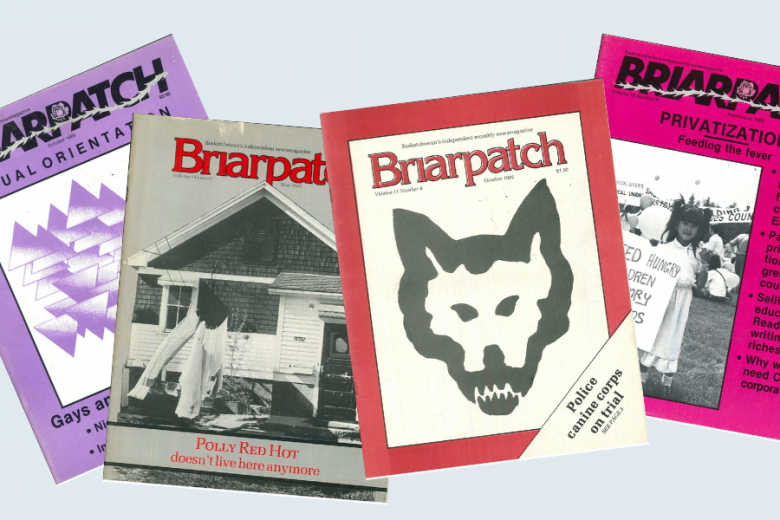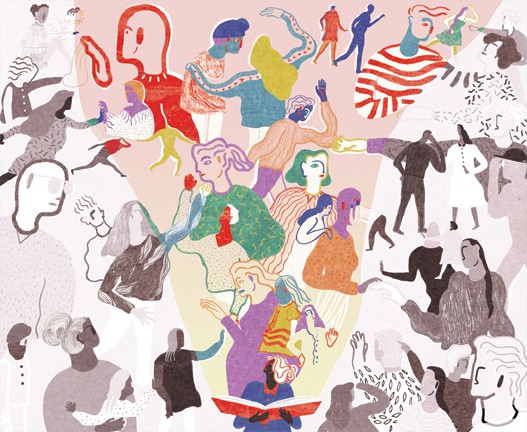
“We believe rather that what people read is deeply important; that ideas can be dangerous; but that the suppression of ideas is fatal to a democratic society. Freedom itself is a dangerous way of life, but it is ours.”
-American Library Association Freedom to Read statement
Libraries are places for the people. Sure, the collections from marginalized communities sit cheek by jowl with mainstream books, but libraries represent sites of potential for challenging dominant narratives.
In 1931, S.R. Ranganathan published The Five Laws of Library Science, which has remained a guiding philosophy for many librarians. His five laws are:
1. Books are for use;
2. Every reader his/her book;
3. Every book its reader;
4. Save the time of the reader;
5. The library is a growing organism.
The second law, “every reader his/her book,” suggests that any person should be entitled to access the materials needed for their own particular information needs. In short, there is something for everyone, whether it’s popular or subversive. Though the digital age has pushed this concept far beyond the printed text, libraries and archives continue to be crucial places where activists find support.
Implications of information
Access to information is critical to understanding shared hist-ories, social injustices, and narratives. The history of oppression tells us that the most powerful method of shutting down change is to shut down information.
For instance, the Arab Spring in 2012 was organized from the ground up, largely using Facebook, Twitter, and YouTube to spread news and frame the messages from Tahrir Square, the site of the revolution. University of Washington professor Philip Howard observed that tweets about political change in Egypt increased from 2,300 per day to 230,000 per day, and videos of protest and political commentary garnered millions of views. “[S]ocial media carried a cascade of messages about freedom and democracy across North Africa and the Middle East,” Howard says, “and helped raise expectations for the success of political uprising.” When the Egyptian government took steps to shut down the nation’s Internet access, Howard suggests that this may have contributed to the collective action that took place: “[p]eople who were isolated by efforts to shut down the Internet, mostly middle-class Egyptians, may have gone to the streets when they could no longer follow the unrest through social media.”
Governments in many parts of the world actively try to suppress the availability of certain kinds of information or make it extremely difficult to find or access. In recent years, Canada’s own Access to Information system received failing grades from the federal information commissioner for erecting roadblocks and denying requests at every turn. While Article 19 of the Universal Declaration of Human Rights states that “[e]veryone has the right to freedom of opinion and expression” including the right to “seek, receive and impart information and ideas through any media and regardless of frontiers,” the reality is, much of the information that exists in the world is hidden behind paywalls or otherwise inaccessible to large segments of the population due to wealth inequities and digital divides. Or, information that should be publicly available is buried by bureaucratic government systems or intentionally complicated design.
That’s where information activism comes in.
Information activism
At its core, information activism involves advocating for the removal of all barriers to the accessibility of information. A method, not a movement, it is not aligned with particular causes or politics; it can be leveraged for any project. But an emer-ging community of activist librarians practising critlib (short for critical librarianship) is flourishing within the profession. Within this framework, librarians who want to inject social justice principles and practices into the profession are asking how the work of librarians can “intervene in and disrupt” overriding regimes of white supremacy, capitalism, and structural inequalities that can be replicated in libraries. You will find these folks publishing research, organizing in the community, and lighting up the Twitterverse with the #critlib hashtag.
But what does it look like when information is strategically and deliberately used for supporting and enacting social justice?
Librarian activists
While history is usually written by the victors, librarians and archivists make sure that those aren’t the only stories that are heard. We don’t have to look far to find examples of librarians working for justice within and outside of their workplaces.
Locally, radical librarians are organizing to defend the principles of the profession and the information rights of the community. The Progressive Librarians Guild, for one, is a group of librarians that “demands the recognition of the idea that libraries for the people has been one of the principal anchors of an extended free public sphere which makes an independent democratic civil society possible.” It opposes the privatization and commodification of ideas, and contests the “profession’s rapid drift into dubious alliances with business and the information industry, and into complacent acceptance of service to an unquestioned political, economic, and cultural status quo.” Librarians are also engaged in on-the-ground work with organizations that aim specifically to get information resources to people who might not otherwise have access to them. Radical Reference is one such organization; a collective of volunteer librarians, it aims to provide free support for activist communities, progressive organizations, and independent journalists by providing professional research support, education, and access to information.
Access to reliable data, compelling stories, and research skills provides a strong foundation to document injustices, disrupt power structures, and uncover hidden messages. Art+Feminism and the Interference Archive are two notable projects with these aims.
Editing Wikipedia for Art+Feminism
Wikipedia is one of the top 10 most-visited websites, but it is also notorious for having an editing culture that discourages participants who are not cisgender men. Founded in 2001, Wikipedia was conceived as a free and evolving reference source written by and for the world. In reality, a Wikimedia Foundation survey in 2011 found that cis men make up 90 per cent of the site’s editors, while women make up fewer than 10 per cent of the contributors, and transgender folks add or modify only about 1 per cent.
Because the predominantly male Wikipedia community also creates the notability and verifiability guidelines for writers, they inevitably influence the kinds of articles that are deemed important and worthy of research.
Zealous enforcement of these guidelines often drives away editors who want to write about under-represented topics. A commenter on moderated community blog MetaFilter described feeling pushed out of the Wikipedia editing community: “I can add all kinds of things to male [Young Adult] authors’ pages with minimal cites and no one says a word. Whereas, every time I try to add a female YA author, or contribute to their pages, I invariably end up with some obnoxious gatekeeper complaining that my cites from Publisher’s Weekly [sic] and School Library Journal aren’t NEARLY enough, and besides, this author isn’t SIGNIFICANT enough to have an entry, who cares if she published three books? They’re not NOTEWORTHY. Meanwhile, 1-Book Nobody Dude’s Wikipedia page is 14 printable pages long.”
The Art+Feminism campaign was launched by a group of librarians, artists, and art historians working collaboratively in response to these problems. Woman-identified and gender non-conforming artists are conspicuously missing from Wikipedia’s records. In many cases, feminist edit-a-thons also focus on developing intersectional information by paying attention to geographical representation, art by people of colour, LGBT and gender non-conforming artists, or Indigenous art.
Art+Feminism focuses on confronting the systemic roots of Wikipedia’s gender problem in two ways: they train new editors, and they create and improve articles about women in art. Participants learn how to find relevant sources, craft a new or improved Wikipedia article, and become familiar with Wikipedia’s guidelines so they are prepared to defend their work from challenges that may arise within the editing community.
The third worldwide Art+Feminism edit-a-thon was held in March 2016 to coincide with International Women’s Day. Events took place in nine locations across Canada, including the Banff Centre library, where manager Suzanne Rackover said, “having these events happen in a local context has a greater impact on the shaping of Wikipedia. The more people involved in the process, the better chance that we will have a diversity of voices contributing to Wikipedia.” At the Banff edit-a-thon, five participants created two new articles and improved three more – all articles about Canadian women artists, a sub-genre of women artists that is particularly under-represented on Wikipedia.
In Saskatoon, the edit-a-thon focused on Saskatchewan and Indigenous women artists including Ruth Cuthand, Mary Longman, and Michelle LaVallee. “I hadn’t really considered editing Wikipedia as something I could or should do,” said participant and University of Saskatchewan librarian Jaclyn McLean, “but the opportunity to learn more about the Wikipedia community and what it means to be a contributor as well as to learn more about local women artists was something I didn’t want to miss out on.” For Rackover, the purpose of the Art+Feminism campaign is to have “Wikipedia editing happening on a more regular basis to ensure continued engagement with the process.”
Creating space for everyone on Wikipedia will require a cultural shift within the editorial community. Edit-a-thon participants envision a better Wikipedia, one where articles about women – artists, writers, scientists, or politicians – can exist and grow.
Interference Archive
While Art+Feminism is challenging what counts as valid knowledge, the Interference Archive (IA) is challenging how archives can help social movements. The small Brooklyn-based office aims to “animate histories of people mobilizing for social transformation” and cultural ephemera produced by and for social movements, political projects, and communities worldwide. It’s not that elements of activist culture are not found in other archival collections, but the Interference Archive is uniquely focused on bringing these materials together under one roof.
Volunteer Bonnie Gordon explains that IA arose out of a long history of institutional marginalization of activist histories. “Traditional institutions – including libraries, universities, and museums – restrict access to historical materials,” Gordon says. “Interference Archive sought to combat this problem by creating a public archive and social centre, where activists, students, educators, and those who played a role in producing cultural materials used in movement work, would be able to access and share this information freely.”
Access to a history of social change can undermine powerful conservative discourses. “They provide evidence to counter the dominant historical narrative, which is often decided by those in power,” Gordon says.
Archivists’ and librarians’ choices about who can gain access to knowledge, which narratives are worth keeping, and whose voices should be preserved inform people’s perceptions of historical events. “The major departure we see about our collection is its access policy: we operate through a system of open stacks. This means visitors do not require any institutional access to visit the materials,” says volunteer Lani Hanna.
The open stacks policy means that folks without institutional backing – usually front-line organizers – can use the materials to inform their work. “We regularly see activists doing research related to an issue they are working on, to inform their tactics,” remarks volunteer Jen Hoyer. “Before the September 2014 climate march, we had groups visit to look at historic material protesting climate change, as a way to get ideas for the banners they hoped to create.”
“We live in a world where we often repeat the same mistakes of generations past,” says Hoyer. “Documenting the work that we do to change the world and make it better will give us a historic record to learn from.”
Call to action
“Imagine a world in which every single person on the planet is given free access to the sum of all human knowledge,” proposed Jimmy Wales of the Wikimedia Foundation. This is the goal that information activists are actively pursuing – advocating for better, more accessible systems where information is shared and created freely.
There are many tools and resources available – inside and outside of formal information management systems – that can help activists win campaigns, document movements, and build momentum for future generations. Knowing how to manoeuvre in the information landscape, where to find allies, and how to create spaces for keeping and creating knowledge can be a turning point in any campaign.
The Art+Feminism Wikipedia edit-a-thon and the Interference Archive elevate and preserve non-dominant narratives while working within presiding and influential information structures. Their work privileges under-represented voices, extending visibility (and therefore power, authority, influence) to perspectives that are systematically silenced.
Our call to action: as activists, citizens, and compassionate allies, consider information activism as a tool for creating positive change in the world. Take a self-directed approach of working from the ground up, or engage socially minded librarians and archivists in your community to work as allies alongside your cause. In the end, we must find ways to override the dominant narratives that persist within the current information landscape.
Ranganathan’s fifth law of library science reminds us that the library is a growing organism. With sweeping digital innovations and the growing commodification of knowledge, librarians are on the front lines of critical information ethics. They are mobilizing knowledge for social change and making space for the social justice community.


